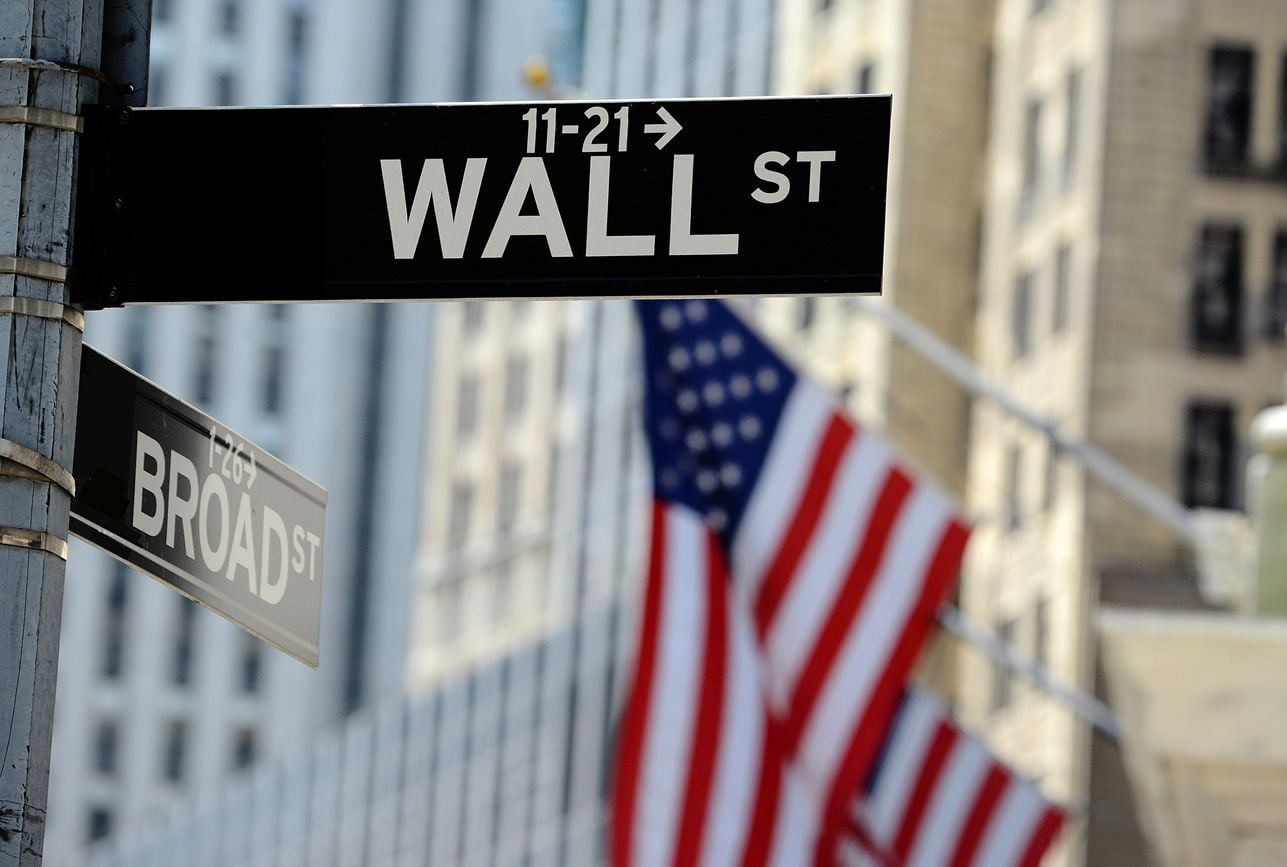US Dollar Edges Lower as Markets Await Latest White House Tariffs against China
- Written by: James Skinner
-US Dollar slips as markets await latest "trade war" tariffs on China.
-White House to list Chinese products targeted in $50 billion tariff hit.
-Fears of Chinese retaliation and so called "trade war" resurgent.

© Robert Cicchetti, Adobe Stock
The US Dollar edged lower during the morning session Friday as financial markets wait with baited breath for the White House to unveil its latest trade tariffs against China, fearing a seemingly-inevitable retaliation and falling apart of the climate of detente that has been fostered between the world's two largest economies in recent weeks.
Although US and Chinese trade representatives are currently negotiating an agreement that will reduce the bilateral trade deficit between the two countries, which President Donald Trump has sought to reduce through new tariffs, White House officials are expected to announce the list of Chinese products the latest US tariffs will apply to later on Friday.
"Under Section 301 of the Trade Act of 1974, the United States will impose a 25 percent tariff on $50 billion of goods imported from China containing industrially significant technology, including those related to the “Made in China 2025” program. The final list of covered imports will be announced by June 15, 2018, and tariffs will be imposed on those imports shortly thereafter," the White House said in a statement at the end of May.
"One would expect this to be met with retaliation by Chinese authorities. But to truly gauge the long-run market impact, one should look to how Trump chooses to absorb the retaliation move by the Chinese (ie, either counter-retaliate or take it on the chin). The likelihood of more protectionist threats means that global asset prices will remain stuck in a ‘Trade War trap’ and lack any clear direction," says Viraj Patel, an FX strategist at ING Group.
The US Dollar index was quoted 0.08% lower at 94.80 Friday after touching an eight-month high in the previous session. The Pound-to-Dollar rate was 0.25% higher at 1.3287 and the Euro-to-Dollar rate was 0.43% higher at 1.1611.
Friday's tariff move comes despite President Trump having said in May that China has agreed to substantially increase its imports of US agricultural goods in order to reduce the trade deficit. Fears are that a decision to go ahead with the previously-announced tariffs on Friday will sour the mood of detente between the two countries and that a Chinese retaliation would risk seeing the world's two largest economies sliding into a so called trade war.
"Crucially, the updated list today will not be accompanied with a definite date of implementation which leaves open the door for these tariffs not to become reality. But, that prospect is looking increasingly more unrealistic now and if announced today, another step along the road to a full-blown trade war will have been taken," says Lee Hardman, a currency analyst at MUFG. "The big step would be the implementation of tariffs on imported autos and auto parts."
The tariff and trade fight with China comes at a time when the US administration is also facing off against the European Union, Canada and Mexico, making the present a tense time for global markets. President Trump said at the end of May the US is considering a "section 232" investigation into whether the current automotive industry landscape presents a threat to US national security.
This is the same process used in 2017 and 2018 that opened the door to the White House imposing tariffs on aluminium and steel imported into the United States. Fears are that it will eventually lead the US to raise its tariffs on cars entering the country, which could have far reaching consequences for the EU as well as North American Free Trade Agreement countries, while also heightening the risk of trade conflict embroiling more than just the US and China.
Advertisement
Get up to 5% more foreign exchange by using a specialist provider to get closer to the real market rate and avoid the gaping spreads charged by your bank when providing currency. Learn more here




